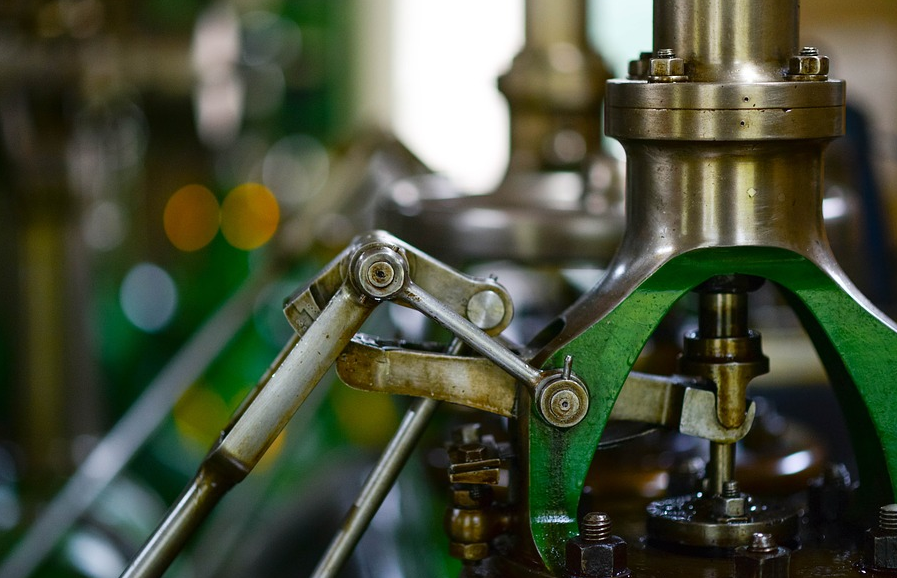4 Advantages Of Condition Based Monitoring For Process Industries
Unexpected interruptions to the manufacturing process, caused by the sudden breakdown of essential equipment, can be inconvenient and costly. In a recent study, it was estimated that faulty machinery costs UK manufacturers £180 billion each year, leading to a significant fall in productivity and lost income.
For process industries, for whom an uninterrupted production line is critical, equipment failure can be particularly damaging. Condition Based Monitoring can provide operatives with vital information about components which are beginning to fail, enabling them to carry out necessary repairs before a more significant, and costly, fault develops.
So, what are the advantages of Condition Based Monitoring?
1) Continual Remote Monitoring
Planned Maintenance, where equipment is shutdown at scheduled intervals to enable servicing and repairs to take place, can be particularly disruptive for process industries due to the cost implications of pausing the production line. Condition Based Monitoring eliminates the need for scheduled maintenance by providing round-the-clock monitoring of equipment, detecting subtle changes in vibration, temperature, or noise that indicate potential component failure. Whatever time of day a problem is detected, it can be rapidly addressed, minimising downtime and enabling the production line to operate all day, throughout the year for maximum output and profit.
2) Fast Reporting, Simple Interpretation
Modern Condition Based Monitoring systems measure key performance variables using small and relatively inexpensive sensors, which report measurements to a central database that can be accessed quickly by maintenance staff on browser or mobile app. Instantaneous alerts can be sent to managers when a problem is detected, eliminating the need for constant supervision.
A reliable system of monitoring also relieves the pressure on maintenance staff to try to balance the demands of the production line with the need to instigate downtime for servicing, allowing them to shut it down only when absolutely necessary and at the most convenient time.
3) Integration With Computerised Maintenance Management Systems
As process industries gradually migrate from traditional planned maintenance schedules to Condition Based Monitoring, full integration with Computerised Maintenance Management Systems (CMMS) is essential to ensure a smooth transition. Many CMMS allow users to choose the parameters for incoming sensor data, improving integration with Condition Based Monitoring systems to increase equipment up-time and reduce the amount of time spent on repairs.
4) Increased Cost-Effectiveness
While older SCADA monitoring systems were expensive and difficult to use, modern Condition-Based Monitoring systems offer greater cost-effectiveness, without high risk. Transitioning to this approach allows process industries to identify problems at an early stage, protecting profits without the high cost of more traditional monitoring systems.
Next Steps
At Sensonics Ltd, we have a range of Condition Based Monitoring systems that protect vital equipment while eliminating the need for lengthy downtime. For more information or to obtain a quote, feel please get in touch today.
More at: https://www.sensonics.co.uk/condition-monitoring
Further details are available from: Russell King, Sensonics Ltd,
Berkhamsted, Hertfordshire, UK. Tel: +44 (0) 1442 876833.
Email: sales@sensonics.co.uk

